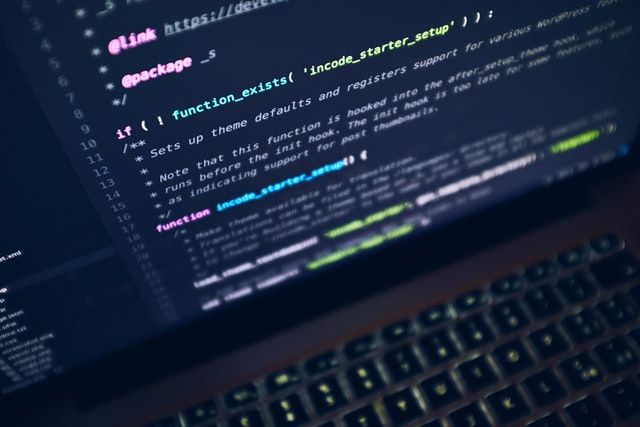Docker Security - Best Practices to Secure a Docker Container

Docker containers have taken the software engineering industry by storm. Containers are dominant and can be deployed anywhere. Because of this flexibility, the docker container environment faces several security vulnerabilities.
We're going to be covering the security techniques and features that you can put in place to ensure that your Docker environment, host, and containers are running as securely as possible.
Due to the increased adoption of Docker and containerization, understanding the right container security solutions is important.
This article will give you an overview of Docker and Docker container security. You will also learn tips and best practices to ensure your containers are safe.
Table of contents
What is Docker
Docker is a software platform that allows you to create and deploy applications and services in the form of containers. It is a Platform as a Service (PaaS) that utilizes the host OS Kernel instead of hypervisors like VirtualBox.
Docker containers contain dependencies and libraries that an application needs to run. Containers, therefore eliminate the need of installing dependencies manually.
Containers are increasingly more efficient than virtual machines since they use the host kernel.
Read this article to learn more about Docker.
Introduction to Docker security
Security is a major challenge when running applications in a virtual environment. Therefore, securing docker containers is vital. It requires securing everywhere from the host to the network.
Docker containers lay out a more safe environment for your systems than traditional virtual machines. They provide a way to split up applications into smaller components.
The components are isolated from one another, thus helping to reduce attacks. Hackers are prevented from exploiting the computer systems and make it harder for security breaches and attacks to occur.
It is important to know and utilize the best practices to protect your containerized applications. Below are some essential tips used to secure applications hosted on a container platform.
Best practices to secure Docker containers
Regularly update Docker and host
Make sure that Docker and the host are up-to-date. Always make sure that Docker is the most up to date version. Use the updated operating system and containerization software to put a stop to security issues. Each update has security upgrades that are necessary for safeguarding the host and Docker.
Run containers as a non-root user
Running containers as a non-root helps to mitigate security vulnerabilities. Running your containers on rootless mode will verify that your application environment is safe.
It also prevents malicious content from accessing the host container. This means not everyone who has pulled your container from Docker can get access to your server.
Configure resource quotas
Resource quotas are configured on a per-container basis by Docker. They enable you to limit the number of resources (memory and CPU) that a container can consume.
Configuring resource quotas on containers increases the efficiency of your docker environment. It also prevents the imbalance of resources of the overall containers in the environment.
This feature enhances container security and makes them perform at an expected speed. If one container got infected with malicious code, it won't let in many resources in as the quota cut it off. This further helps to minimize attacks.
Set container resource limits
Containers should have a resource limit. Setting resource limits reduces the ability of containers to consume a lot of the system's resources. Limiting resources assigned to each container enhances security in the event of an attack.
Keep images clean
Downloading container images from untrusted sources and vendors can introduce security vulnerabilities in containers. Make sure that images downloaded from online platforms are from trusted and secure sources.
To avoid security vulnerabilities:
- Use container images that are authentic. Check them out at Docker Hub. It is the largest Docker registry with multiple container images.
- Make use of images that are verified by the Docker Content Trust.
- Use Docker security scanning tools to help you identify vulnerabilities within container images.
Secure container registries
Docker container registry is a content distribution system that stores and issues images for your containers. It makes Docker much more powerful.
With registries, you can build a central repository from where you can download container images more easily and faster. There are many security risks if you fail to use a trusted registry.
Docker Trusted Registry is a legit registry. It is installed behind your firewall to mitigate the risks and breaches on the internet. Even though the registry is reachable from behind the firewall, you should deny users access to upload or download images from the registry.
Monitor API and network security
Networks and APIs play a significant role in Docker security. Docker containers communicate using APIs and networks. Communication is essential for containers to deploy and run correctly. Thus proper monitoring and security are needed.
API and network security are resources used along with Docker. These resources are also an open risk to Docker security. API and network security should be well monitored and configured to enhance Docker security.
Wrapping up
Securing Docker containers is essential and can be complex as well. With the tips above, you can manage a large and safe platform for containerized applications. The practices above are crucial because they will help you prevent security breaches and attacks in your containerized enviroments.
Happy learning!
Peer Review Contributions by: Srishilesh P S













